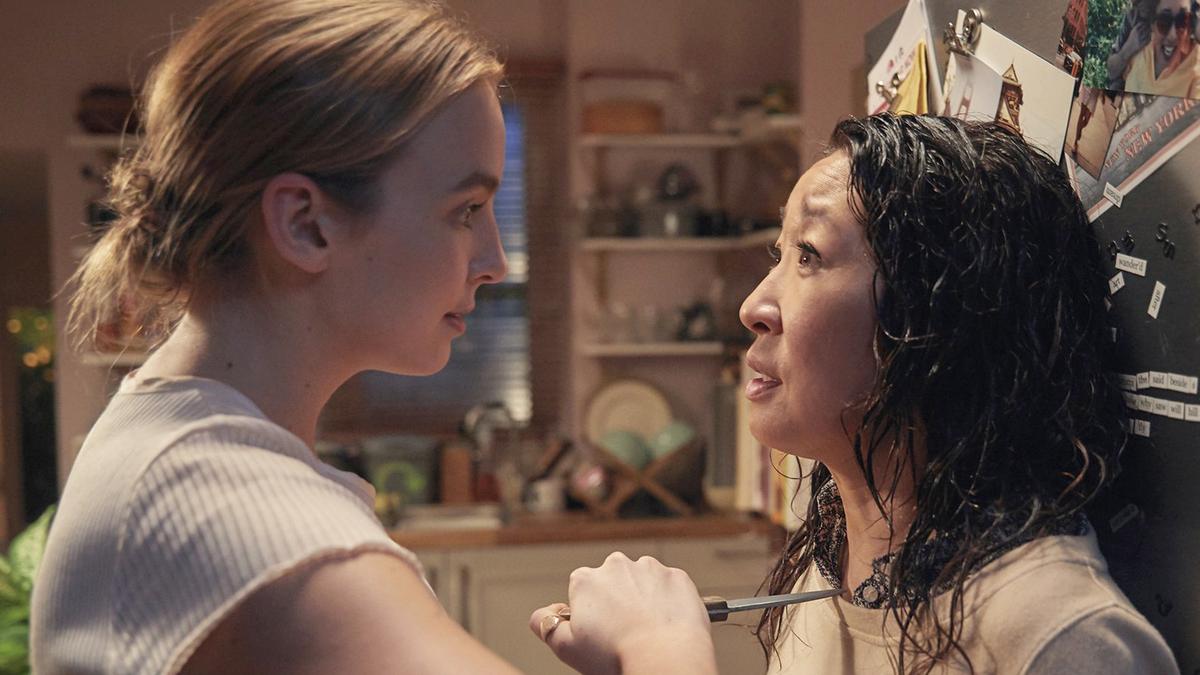
The ‘bury your gays’ trope: why it is time for the industry to let it go Premium
The Hindu
The article talks about the origin of ‘Bury Your Gays’ trope and the effects of it.
Villanelle from Killing Eve, Lexa from The 100, Rose from Jane the Virgin, Martha from Children’s Hour, Andrew Beckett from Philadelphia, Tara Maclay from Buffy the Vampire Slayer, Denise Cloyd from Walking Dead, Oberyn Martell from The Game of Thrones, and Edward Meechum from House of Cards have two things in common— they were queer and now are dead.
It is easy to spot the similarities these characters share because on-screen the conventional interaction with questions of death, grief and mourning takes a backseat when the character is queer.
Their death is either incorporated to serve as a cautionary tale or to generate a shock value for audiences. Their demise is treated like a direct consequence of their sexuality.
In 2016 after Lexa, a lesbian character from the post-apocalyptic science fiction series The 100 was killed, fans rose up in arms and alleged that the creators of the show invoked the regressive ‘Bury Your Gays’ trope. The backlash prompted Jason Rothenberg, the executive producer and showrunner of the series The 100, to issue an apology for his oversight in an open letter.
This is one among the spate of queer character deaths that plagued the TV screen with the most recent being that of Villanelle’s from Killing Eve.
Hollywood became synonymous with scandals in the Roaring Twenties — from the murder of William Desmond Taylor to the alleged rape of Virginia Rappe by popular actor Roscoe ‘Fatty’ Arbuckle.
These events made headlines and attracted the scorn of religious and political organisations alike. Subsequently, legislators in over 37 states introduced censorship laws.













